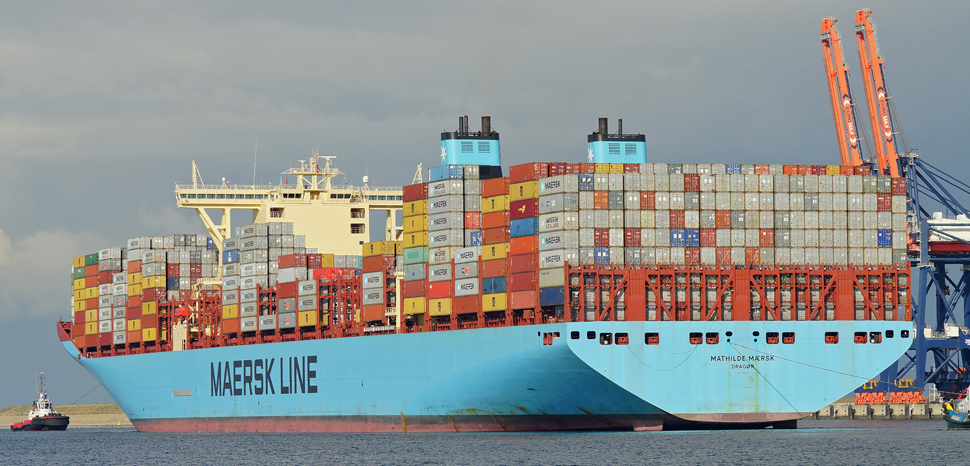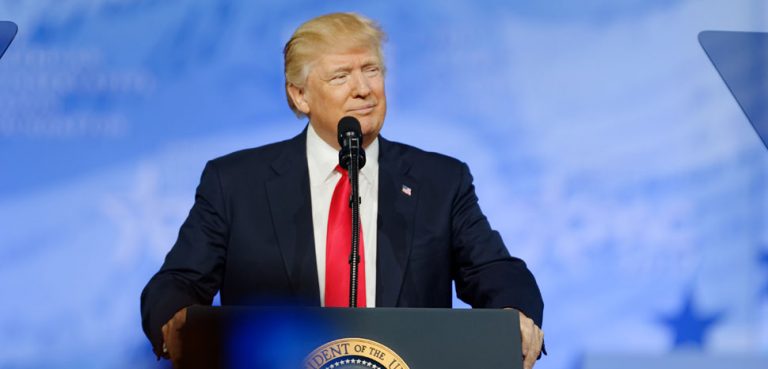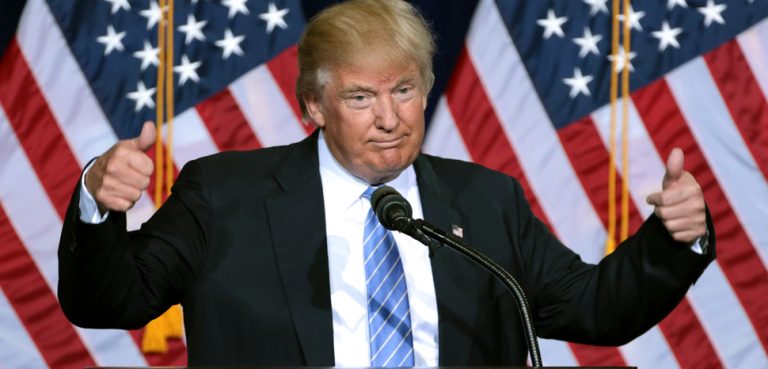Since the Trump administration entered into the White House, there has been much concern over the potential for a trade war between the United States and other powers. Already at the time of the electoral campaign, Trump made no secret of his willingness to pursue a protectionist policy to correct the chronic trade deficit affecting the U.S., and to boost employment by protecting US workers from foreign low-cost competition. After becoming President, Trump effectively took many decisions in this sense, starting rows with important trading partners such as Canada, Mexico, the EU, and China. These disputes often took on heated tones and led to the imposition of tariffs on imported goods, thus raising fears over an imminent and generalized trade war. This, of course, brings economic consequences for the U.S., its trading partners, and also on third parties because the United States remains the world’s leading economic power. But apart from these well-documented economic effects, there is another dimension to consider: the potential for war.
During the intense debates of the electoral campaign, Donald Trump made it clear that he wanted to reshape America’s trade partnerships. After having been sworn in as president, he took several relevant steps in this direction. He withdrew from the Trans-Pacific Partnership (TPP), an Obama-era free trade multilateral pact covering almost the entire Pacific region with the notable except of China, even though he later declared he might reconsider his decision. Talks regarding the Transatlantic Trade and Investment Partnership (TTIP), a similar deal between the U.S. and the EU, already at a standstill under Obama, now virtually dead with the advent of President Trump. Trump also continues to criticize NAFTA (North American Free Trade Agreement), which covers the U.S., Mexico, and Canada. Finally, Trump harshly attacked China for what he views to be unfair commerce practices that damage American manufacturing and steal the intellectual properties of US firms. He ultimately decided to impose 25% tariffs on more than 800 Chinese-made products, whose total value amounts to around $34 billion annually. The administration is now considering introducing new restrictions on goods worth up to $200 billion. The original round of tariffs took effect on July 6, and the PRC immediately retaliated by imposing an analogous 25% tariff on 545 American goods, also worth a total of $34 billion annually. Russia also applied similar duties on American products in a sign of support to China (it should not be forgotten that US economic sanctions on Russia remain in place). Of course, this will have important economic consequences on the trade war ‘combatants,’ and on third parties as well. Some industries will be negatively affected, others will benefit, and the same can be said for the trading partners of the states involved in the dispute.




